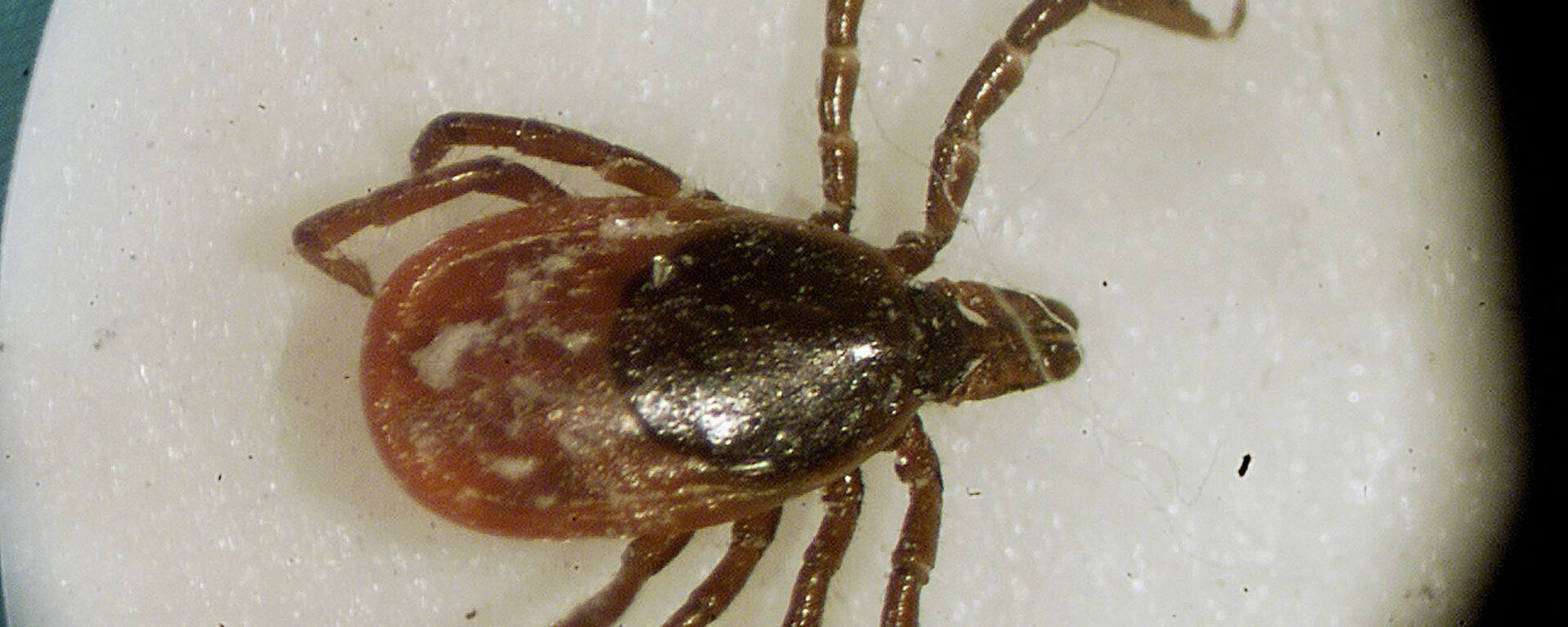https://en.sputniknews.africa/20230501/senegal-to-examine-people--stock-after-crimean-congo-fever-fatality-1058964325.html
Senegal to Examine People & Stock After Crimean-Congo Fever Fatality
Senegal to Examine People & Stock After Crimean-Congo Fever Fatality
Sputnik Africa
The mortality rate from the Crimean-Congo fever, which is carried by rodents, birds and livestock infected by ticks, is between 10 and 40 percent, the Senegalese health ministry said.
2023-05-01T10:47+0200
2023-05-01T10:47+0200
2023-05-01T10:47+0200
sub-saharan africa
senegal
west africa
disease
virus
world health organization (who)
animals
infection
death toll
https://cdn1.img.sputniknews.africa/img/07e7/05/01/1058964311_0:321:3071:2048_1920x0_80_0_0_905a10cdbe2fa83007da7c56683de080.jpg
Following the death of a 35-year-old man in the Dakar region from Crimean-Congo fever, Senegalese authorities said they are monitoring people who were in contact with the deceased and assessing the livestock, local media reported, referring to a press release received from the Ministry of Health of Senegal.According to El Hadji Mamadou N’diaye, director of prevention at the Ministry of Health and Social Action, animal health services are surveying livestock in the neighborhood where the man worked as a butcher.Authorities in Senegal usually identify one or two cases of the virus in animals per year, but human cases are rare, N’diaye said.According to the World Health Organization, the tick-borne Crimean-Congo fever that most often infects animals and people involved in animal husbandry is endemic in Africa, the Balkans, the Middle East and Asia and the onset of symptoms is sudden, with fever, muscle ache, dizziness, neck pain and stiffness, backache, headache, sore eyes and photophobia (sensitivity to light); there is no vaccine against it.The virus was first detected in Crimean agricultural workers in 1944, but was doubly named as early as in 1973, after scientists found that the strains of the Crimean virus were identical to those of the Congo fever virus detected in 1956.
https://en.sputniknews.africa/20230430/first-case-of-crimean-congo-fever-identified-in-senegal-after-eight-years-1058951530.html
senegal
west africa
Sputnik Africa
feedback@sputniknews.com
+74956456601
MIA „Rossiya Segodnya“
2023
Maxim Grishenkin
https://cdn1.img.sputniknews.africa/img/07e7/0a/17/1063018107_0:0:1104:1103_100x100_80_0_0_03090c85a11f5d2e8a19cf1d989443c9.jpg
Maxim Grishenkin
https://cdn1.img.sputniknews.africa/img/07e7/0a/17/1063018107_0:0:1104:1103_100x100_80_0_0_03090c85a11f5d2e8a19cf1d989443c9.jpg
News
en_EN
Sputnik Africa
feedback@sputniknews.com
+74956456601
MIA „Rossiya Segodnya“
Sputnik Africa
feedback@sputniknews.com
+74956456601
MIA „Rossiya Segodnya“
Maxim Grishenkin
https://cdn1.img.sputniknews.africa/img/07e7/0a/17/1063018107_0:0:1104:1103_100x100_80_0_0_03090c85a11f5d2e8a19cf1d989443c9.jpg
senegal fever, epidemiology senegal, west africa diseases
senegal fever, epidemiology senegal, west africa diseases
Senegal to Examine People & Stock After Crimean-Congo Fever Fatality
The mortality rate from the Crimean-Congo fever, which is carried by rodents, birds and livestock infected by ticks, is between 10 and 40 percent, the Senegalese health ministry said.
Following the death of a 35-year-old man in the Dakar region from Crimean-Congo fever, Senegalese authorities said they are monitoring people who were in contact with the deceased and assessing the livestock,
local media reported, referring to a press release received from the Ministry of Health of Senegal.
"The relevant services of the Ministry of Health were deployed to identify 84 persons with whom the deceased had contact for further monitoring," the press release said.
According to El Hadji Mamadou N’diaye, director of prevention at the Ministry of Health and Social Action, animal health services are surveying livestock in the neighborhood where the man worked as a butcher.
Authorities in Senegal usually
identify one or two cases of the virus in animals per year, but human cases are rare, N’diaye said.
According to the World Health Organization, the tick-borne Crimean-Congo fever that most often infects animals and people involved in animal husbandry is endemic in Africa, the Balkans, the Middle East and Asia and the onset of symptoms is sudden, with fever, muscle ache, dizziness, neck pain and stiffness, backache, headache, sore eyes and photophobia (sensitivity to light); there is no vaccine against it.
The virus was first detected in Crimean agricultural workers in 1944, but was doubly named as early as in 1973, after scientists found that the strains of the Crimean virus were identical to those of the Congo fever virus detected in 1956.



